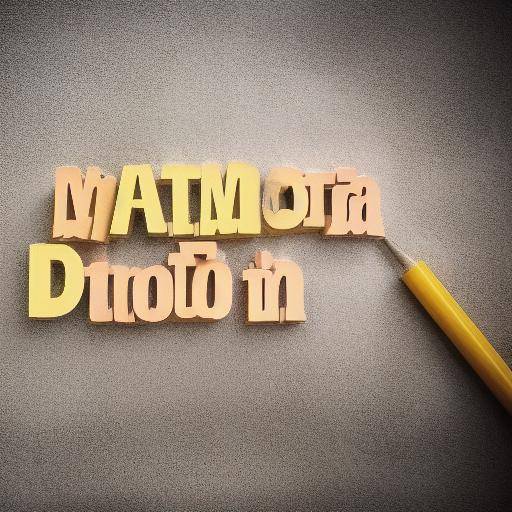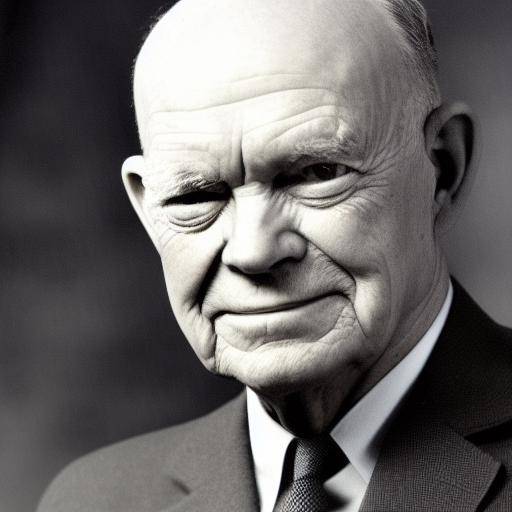
Introduction
Strategic planning is a fundamental process for the development and success of any organization or person. In the personal sphere, the ability to prioritize and effectively organize tasks is essential to achieving objectives. In this article, we will explore in depth the impact of strategic planning on prioritization and personal organization, providing practical advice and an integral vision of these important practices.
History and Background
Strategic planning, in its modern form, dates back to the twentieth century, when companies began to adopt more systematic approaches to long-term decision-making. However, their roots are in older practices, such as military planning and resource management in ancient civilizations.
The importance of prioritization in strategic planning has evolved over time, influenced by factors such as technological advances, changes in the business environment and globalization. Strategic decisions have proved to be critical in determining the direction and sustainability of an organization.
Analysis in Deep
Strategic planning allows organizations to anticipate market changes, identify opportunities and manage risks. By focusing on long-term objectives, companies can align their resources and efforts more effectively, which in turn influences the prioritization and personal organization of their members.
Comprehensive review
In addition to its impact on companies, strategic planning also translates into significant benefits at the personal level. By setting clear targets and charting a way to achieve them, decision-making on which activities are priorities in time management and personal resources is facilitated.
Comparative analysis
With regard to prioritization and personal organization, strategic planning shares similarities in its approach. However, at the individual level, the adaptation of these principles requires a more personalized understanding of the motivations and values that influence decision-making.
Practical Tips and Accessible Recommendations
Some practical advice for the effective implementation of strategic planning, prioritization and personal organization include:
- Establish clear and attainable goals.
- Regularly assess progress and adjust strategies as needed.
- Prioritize tasks based on their impact on long-term goals.
- Implement time management systems that align with established objectives.
Industry Perspectives and Expert Reviews
Experts agree that the ability to strategically plan, prioritize and organize personally is critical in the current environment of rapid change and growing competition.
Case Studies and Practical Applications
Successful implementation of strategic planning, prioritization and personal organization can be seen in many cases where individuals have achieved their personal and professional goals by implementing these principles.
Future Trends and Predictions
With the continued technological advance, strategic planning, prioritization and personal organization are expected to be even more relevant in the future, requiring adaptability and agility to meet the challenges that may arise.
Conclusions
Strategic planning, prioritization and personal organization are key practices that impact performance at both organizational and personal levels. By having a clear vision, setting goals and prioritizing tasks strategically, it is possible to achieve success more effectively and efficiently.
FAQs
Why is strategic planning important in setting priorities?
Strategic planning provides clear structure and direction for prioritization, aligning efforts with long-term objectives and facilitating informed decision-making.
How can I improve my ability to set priorities?
To improve the ability to set priorities, it is advisable to set clear goals, evaluate the importance and impact of each task, and learn to delegate or reject tasks that do not significantly contribute to the stated objectives.
What role does personal organization play in the effectiveness of strategic planning?
Personal organization is crucial to the effective implementation of strategic plans, as it ensures that resources and time are efficiently allocated to priority tasks.
What are the recommended tools for strategic planning and prioritization?
There are numerous tools that can be used for strategic planning and prioritization, such as Gantt diagrams, prioritization matrices, project management software and personal organization applications.
How can I adapt the principles of strategic planning to my personal life?
Adjusting the principles of strategic planning to personal life means identifying long-term goals, identifying concrete actions to achieve them, and being willing to adjust the strategy as necessary, in a manner similar to what would be done in an organization.
What are the major challenges in the implementation of strategic planning at the personal and organizational level?
Some common challenges in the implementation of strategic planning include resistance to change, lack of alignment with objectives, and difficulties in maintaining the long-term approach.
Conclusion
The intersection between strategic planning, prioritization and personal organization is critical to achieving success in any area. In understanding the importance of these concepts and implementing effective strategies, both individuals and organizations can achieve sustainable growth and greater effectiveness in achieving their goals.






















































